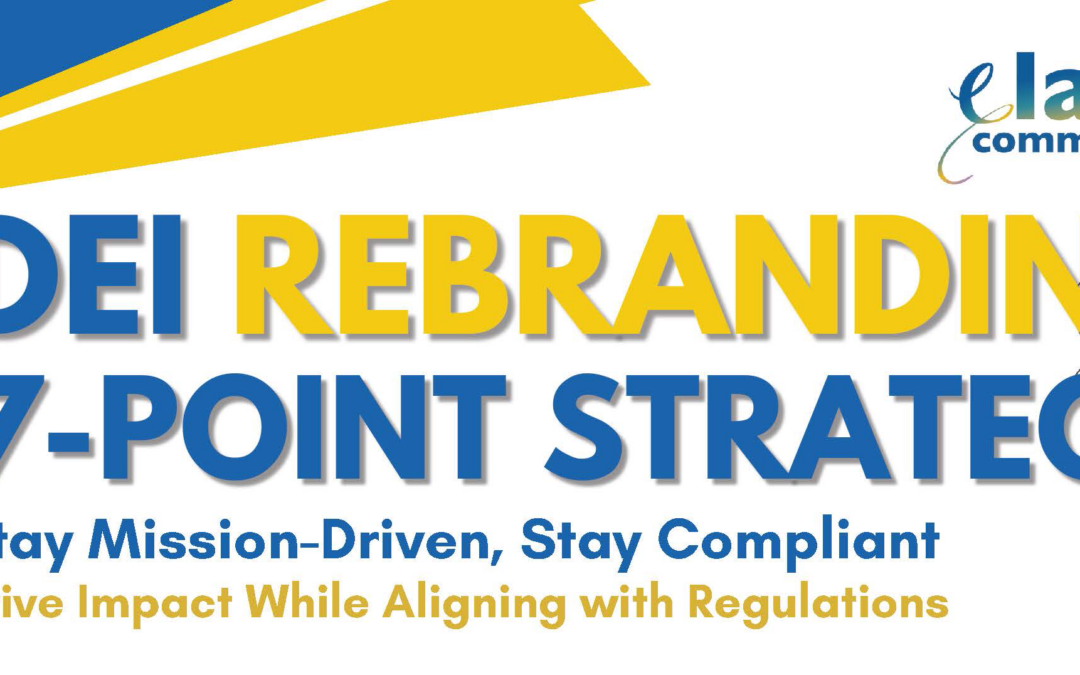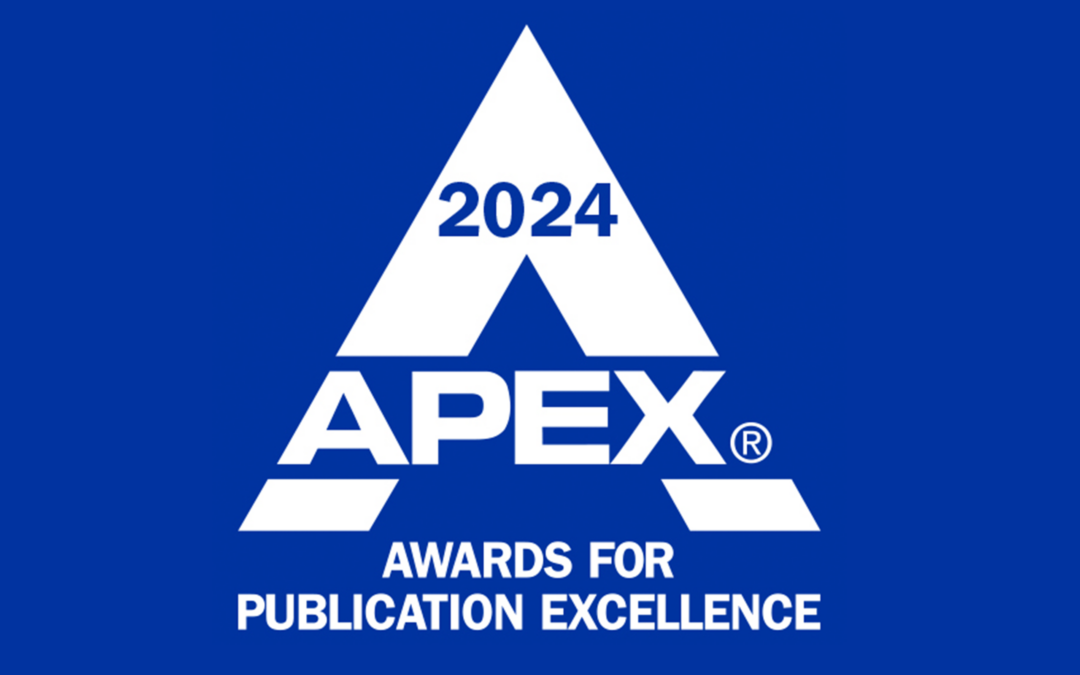Inclusive Communications in Hiring Practices
Organizations that prioritize inclusive communications in their hiring practices often see significant benefits. For example, a study found that companies in the top quartile for gender diversity on executive teams were 25% more likely to have above-average profitability than companies in the fourth quartile.
Implementing inclusive communications in hiring practices is not just about meeting diversity quotas—it’s about creating a workplace where every individual feels respected, valued, and empowered to contribute their best. The benefits of inclusive hiring practices are vast. Businesses increase the chances of finding the best talent by attracting a wider range of candidates. Employees are more likely to feel valued and engaged in an inclusive environment. And diverse teams bring a variety of perspectives and ideas, driving innovation and creative problem-solving. Inclusive communications in hiring practices is a cornerstone of creating a business that thrives.
The first step to implementing inclusive communications in hiring is to review and revise job descriptions. It should be explicitly stated that applications from candidates of all backgrounds are welcome. Focus on essential skills and experiences rather than unnecessary qualifications that might exclude capable candidates. Provide information about how to request accommodations in job postings and throughout the application process for people with disabilities. The second step is to utilize diverse recruitment channels. Post job openings on platforms that target diverse communities, including job boards for underrepresented groups. Partner with organizations and educational institutions that support diverse talent pools.
Third, it’s vital to train hiring teams on inclusive language to teach staff how to use inclusive communications and avoid assumptions based on gender, ethnicity, disability, or other characteristics. Provide training on unconscious bias to ensure hiring managers are aware of their biases and know how to mitigate them. Fourth, ensure the interview process is standardized. Use a consistent set of questions for all candidates to ensure fairness and reduce bias. Include a diverse group of interviewers to bring multiple perspectives and reduce the likelihood of biased decisions. Be intentional to seek feedback from candidates about their experience with your hiring process to improve your inclusive communications over time.
Fostering an inclusive workplace is more than a social imperative—it’s a business necessity. Companies known for their inclusive practices attract top talent and maintain a positive reputation. Employers can build a more inclusive, dynamic, and successful organization by following these steps. Inclusive hiring is an ongoing journey, requiring commitment and continuous improvement, but the rewards in talent acquisition, employee satisfaction, and organizational performance are well worth the effort.









